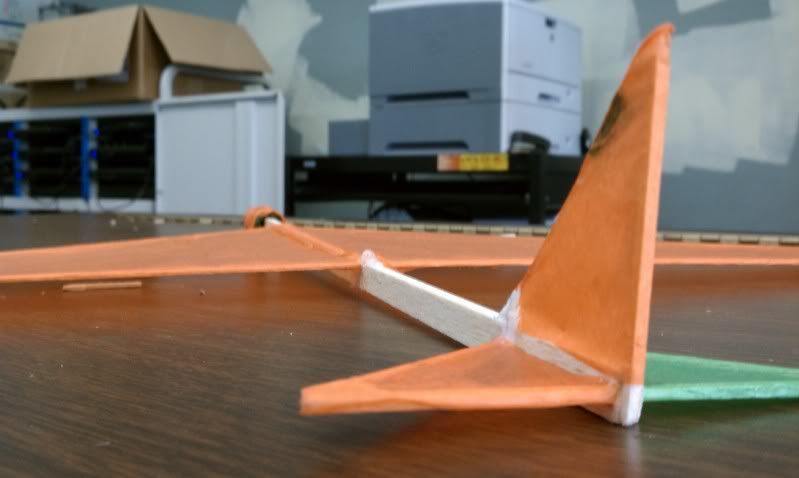
Design Phase
1) What's the challenge?
- Create a glider out of balsa wood and tissue paper that can compete with other gliders for distance and hang time.
2) Brainstorm solutions:
-What are the rules of brainstorming? (oxymoron)
- There are no rules to brainstorming, just come up with any ideas and write them all down no matter how ridiculous they may seem.
- "Glider" that swings back and forth for hang time
- Weighted tip for balance
- Possible heavy tip so that the heaviness can be used to get a solid throw.
- Wings and flaps covered in tissue paper.
- Multiple layers of tissue paper (preferably 2)
- Simplistic 2 wing design
- Aerodynamic design, like a conventional airplane
- Wings should stick closer to the airplane
- Arrow shape
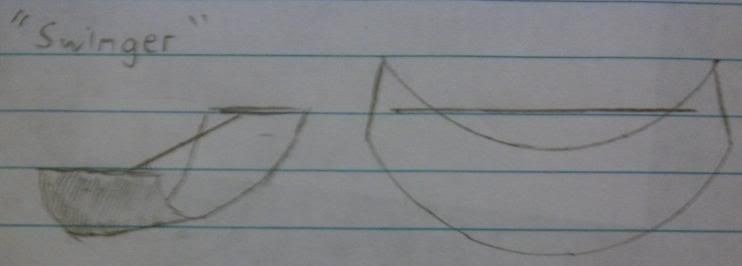

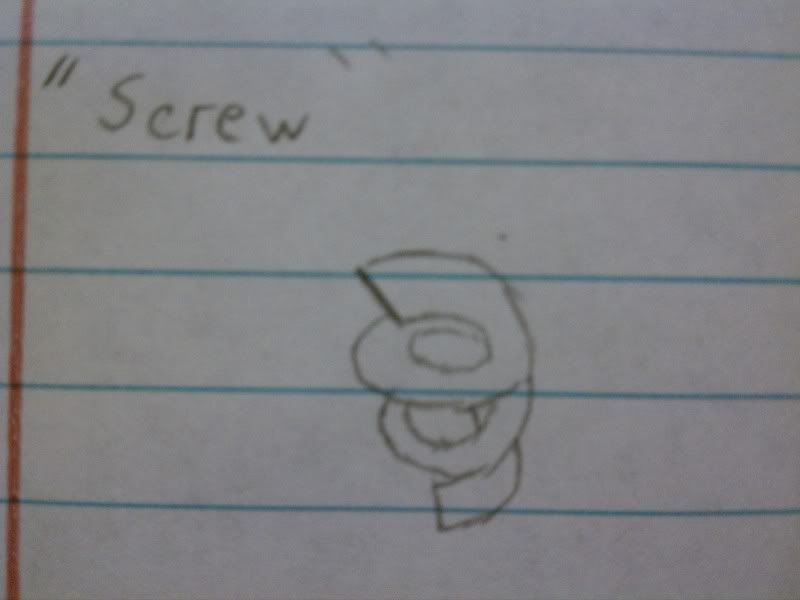
3) Specify: -Criteria
- Must fly for distance or hang time
- Glider can use materials in any way as long as it only uses the materials provided.
- Limited time to build glider
- Only enough materials to make one glider
- Can only use glue aside from the materials given, to make glider
- Materials can't be replaced.

5) "Prototype the Prototype" -You can only build once with your bals
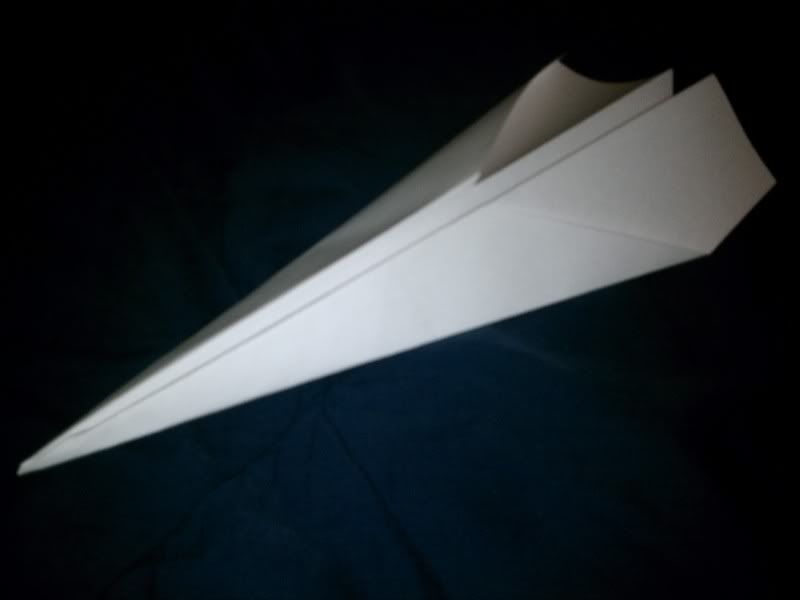 a/tissue paper materials. Use paper-aircraft to test your ideas. Each memeber of your team will build a paper airplane.
a/tissue paper materials. Use paper-aircraft to test your ideas. Each memeber of your team will build a paper airplane.Paper airplanes like the one pictured have a stable flight trajectory because of their balanced weight throughout the entire plane. In order for our glider to achieve the furthest flight possible, our glider's weight must be balanced, so that's why we put the weight distribution balancer at the front.
Glider Challenge: Test Phase
Test Flight Outcome:
- Glider is much more durable than expected, bu
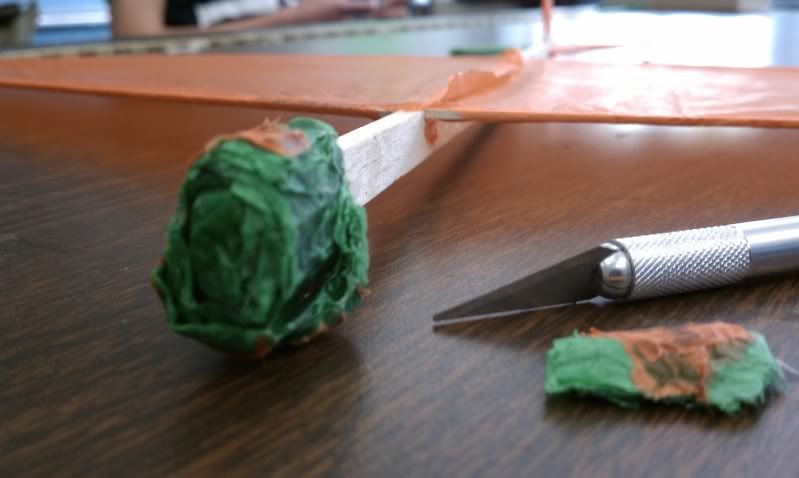 t the tip is too heavy and the glider nosedives right away. Wings aren't as secure as they could be
t the tip is too heavy and the glider nosedives right away. Wings aren't as secure as they could be
- Shave off weight from the tip.
- Use more glue on the wings, make slits on the main structure on which the wings can get stuck on, glue that.
- Goal of our glider wasn't hang time, it was distance.
- In order to reach that, we tried to make sure that the tip was the heaviest it could possibly be (for ease of throw and possible distance it could travel) without it being too heavy that it would nosedive (like it did in previous tests). It took many repeated tests and fixing of the tip of the glider to finally get the right stability for our glider.
- Another problem was the wings breaking repeatedly. We had to reinforce our wings in order for them to stop breaking, typically we would glue in the place where it cracked and that would fix it but other times it required getting a whole new piece of balsa wood.
- Glider flew, but quickly nosedived because this was prior to us finding out that the tip was too heavy.
- Didn't fly far because of nosediving, fell right away so didn't win anything for hang time.
- Make sure to test design before the actual competition. Had we tested prior to the competition, we would have identified the nosedive problem and could have quickly fixed that, but it was too late.
- Make a sturdy design at first, or don't just make quick fixes that will only be temporary. The wings constantly breaking slowed down our work a lot.
No comments:
Post a Comment